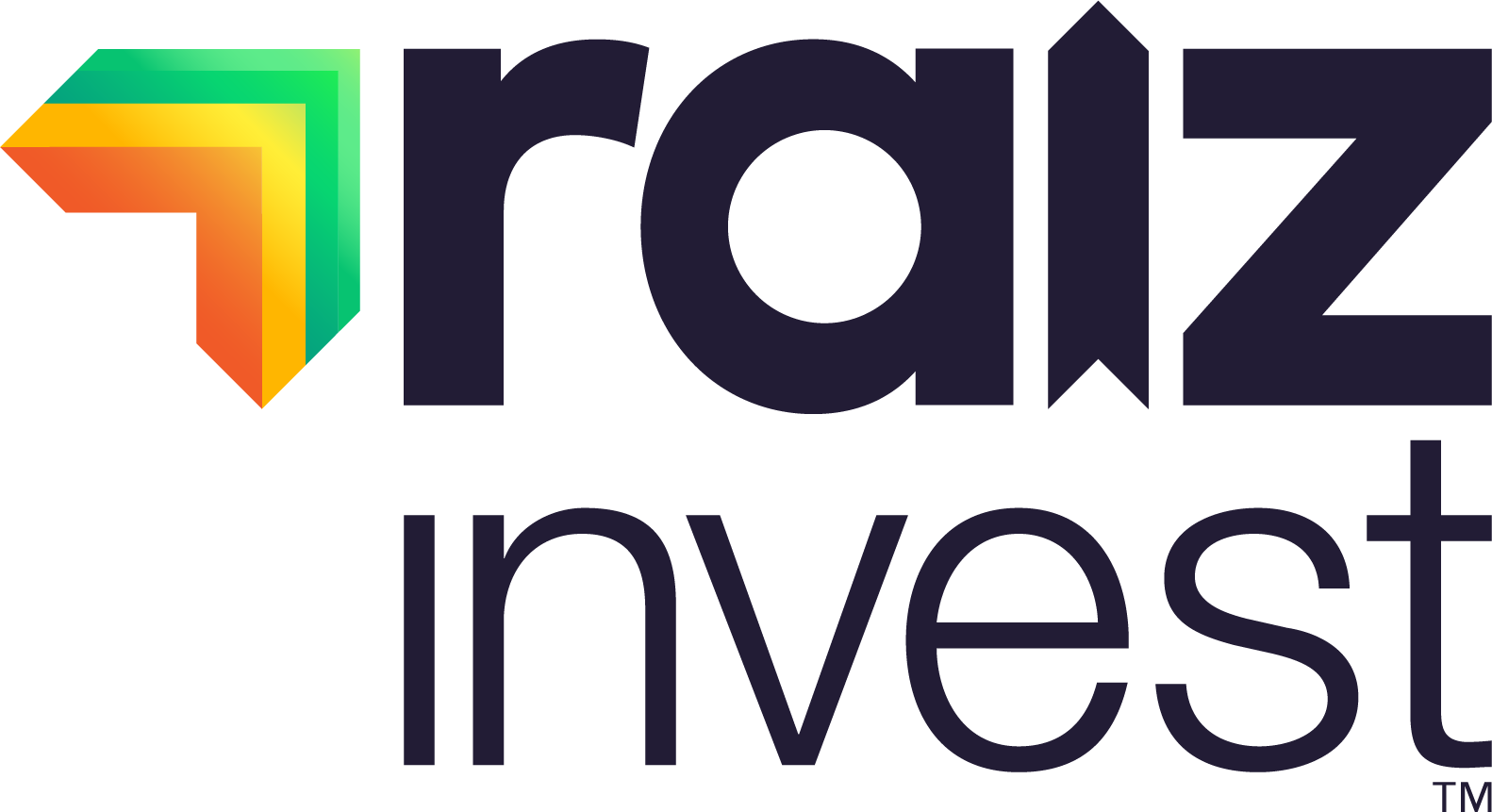
In case you missed it, Raiz Invest Australia’s CEO, Brendan Malone, was recently featured on Channel Nine’s A Current Affair (ACA) describing the features that everyday Australians have come to know and love when it comes to the easy-to-use Raiz App.












